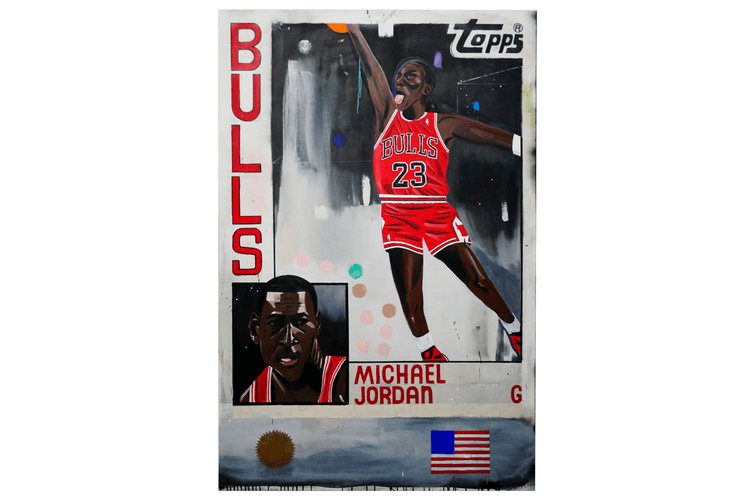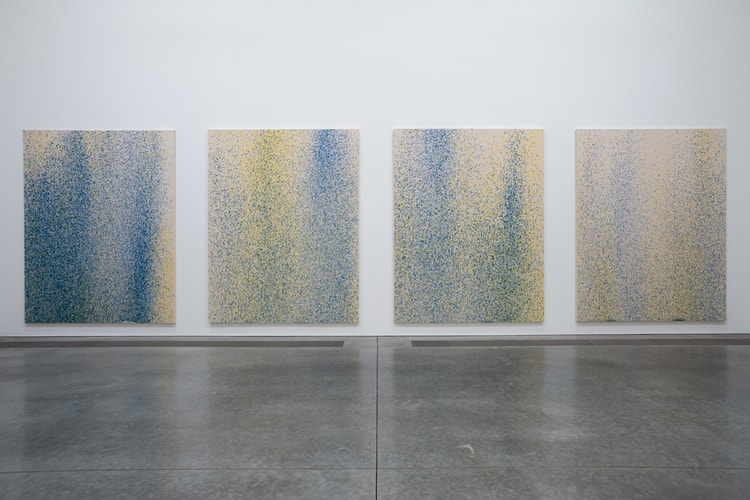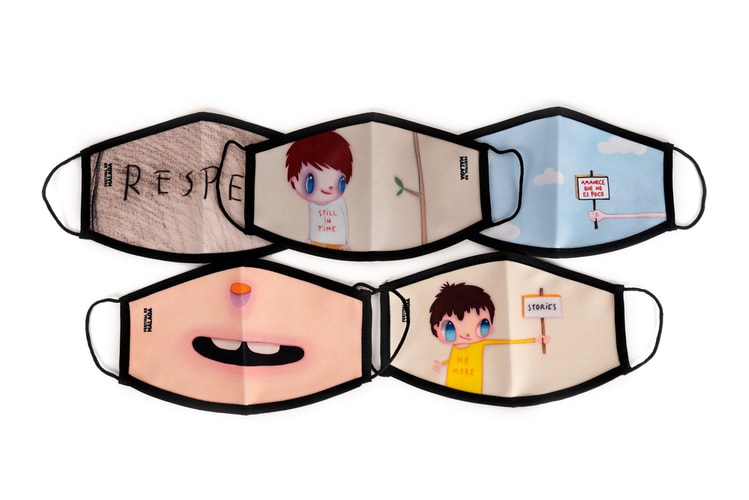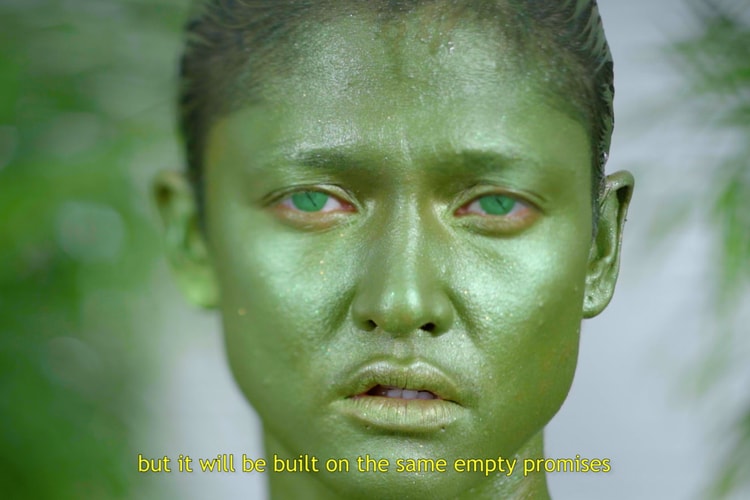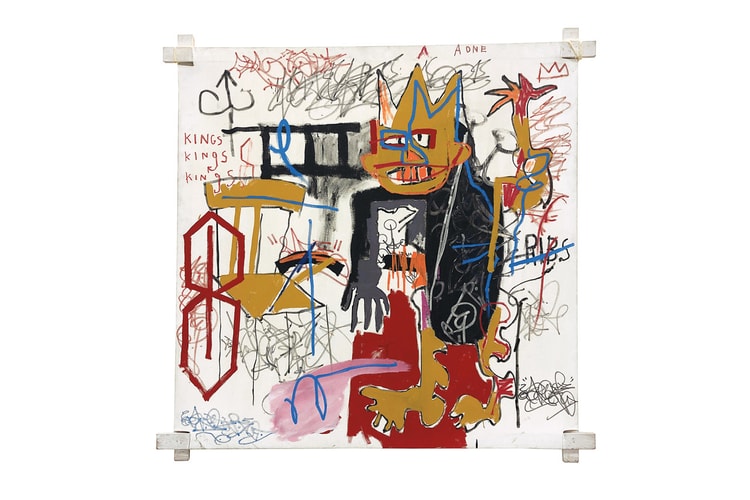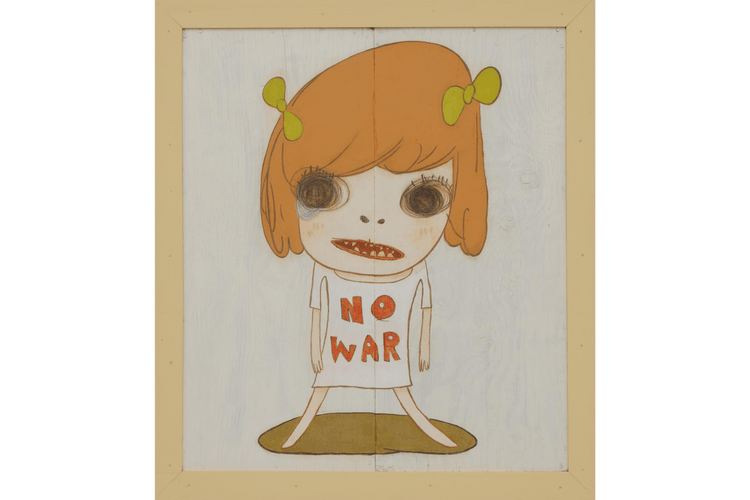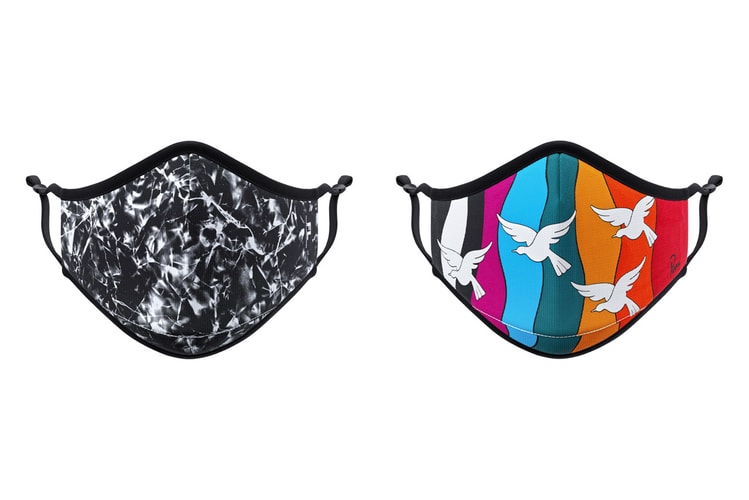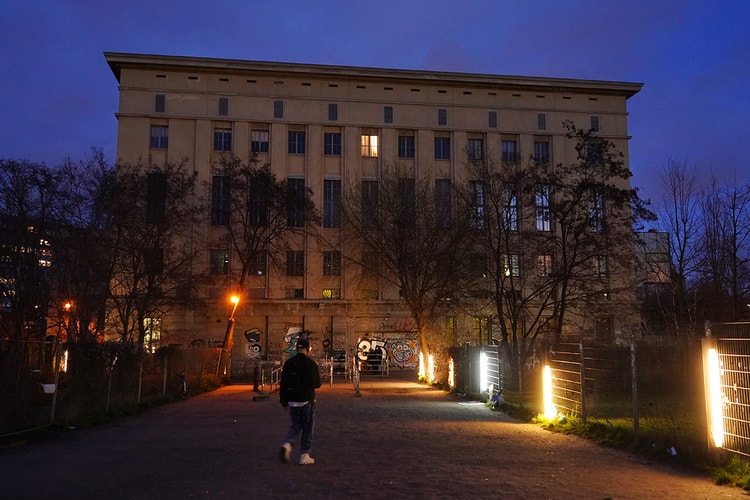Destinee Ross-Sutton Is Making Sure Black Artists Get Royalties If Their Works Resell
The 24-year-old curator has mounted a major selling exhibition with Christie’s.

No matter how much a work sells at auction, visual artists won’t get paid a single dime if their pieces are sold in the secondary market. Artists have long sought royalties for their works when buyers decide to resell them, even taking legal action to demand payment. Take seminal artist Robert Rauschenberg, for example, who spent several years — starting in 1973 — lobbying Congress to get royalties for artists when their works sold later down the line, but his efforts fell short. It wasn’t until 1977 when California passed a Resale Royalty Act entitling artists to five percent of resale increases in artworks resold either privately or at auction. The state of New York also looked into passing a similar law. However, the Supreme Court dismissed it, having argued that it violated provisions of Federal copyright law. Since then, congress attempted to bring up the matter twice, but it never really gained any traction. In short, resale royalties are virtually extinct in the United States.
On a micro level, 24-year-old New York-based curator Destinee Ross-Sutton is hoping to terminate the immediate resale of artworks while putting money in the pockets of artists in her selling exhibition with Christie’s that features 22 emerging and mid-career Black artists. Each artist whose work is featured in the show, titled “SAY IT LOUD (I’m Black and I’m Proud),” will be given 100 percent of the proceeds from the sale of their work. Buyers must also sign contract with strict terms such as agreeing not to resell the piece purchased at auction for at least five years. And if they decide to resell, the buyer must be given permission by the artist. Moreover, if they want to sell the piece outside of auction, as an independent sale, they must give 15 percent of the total profits to the artist.
According to Artnet: “Ross-Sutton says these terms are the result of extensive conversations with artists and others about how best to support their career development. The contract also serves as what she calls ‘a litmus test’ for the motivations of the buyer. Although she had her doubts about how people would respond to the limitations, she says, ‘it’s basically been a feeding frenzy. It’s encouraging that people aren’t going radio silent when you send the agreement.’”
Around 75 to 80 percent of the works in Ross-Sutton’s exhibition have been sold to collectors and institutions. Prices for the works range between $475 USD and $43,000 USD. The curator was initially unsure whether or not a big auction house like Christie’s would accept the contract and its terms. She expressed: “A large part of these flippers are focused on Black contemporary artists and when [Christie’s junior specialist] Celine Cunha reached out, it was around the time the protests were at their height and I was feeling emotional,” she says. “I really wanted to know, ‘What’s the motive here?’”
Fortunately, the auction house agreed to Ross-Sutton’s conditions to help secure royalties for the artists. The curator also hopes that artists will seek similar terms from their gallery representatives. “Many artists do not realize the power they have,” she says. “We cannot only put the blame on these so-called ‘flippers’—artists have to be more discerning and so do galleries. If we enable this kind of behavior by not putting into place certain preventive measures, we have to take some of the blame.”
“SAY IT LOUD” is currently on view at Christie’s website until August 17.
In related news, Christie’s recently launched another selling exhibition that explores sports in contemporary art.





